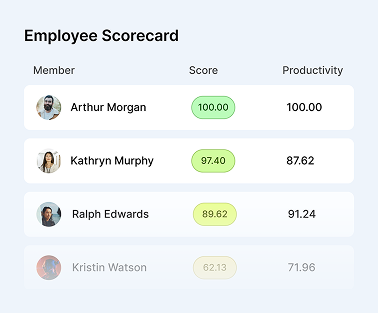How to Manage a Team Where Employees Are Not Getting Along
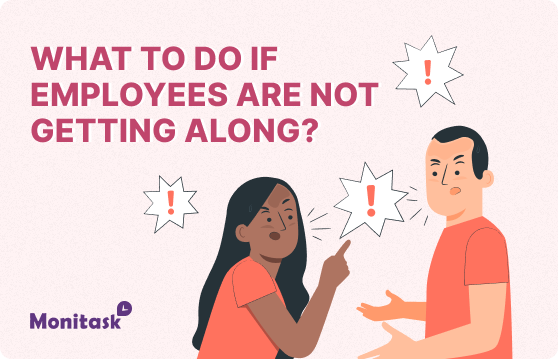
How to manage a team when there are conflicts among team members? When employees are not getting along, it can decrease productivity and morale.
Sometimes, it can even impact the company’s corporate goals. If you have trouble reconciling a conflict in your team, don’t worry – we have some tips!
This blog post will discuss effective team management where employees are not getting along. We will talk about the different strategies you can use to improve communication and resolve conflicts.
Let’s get started.
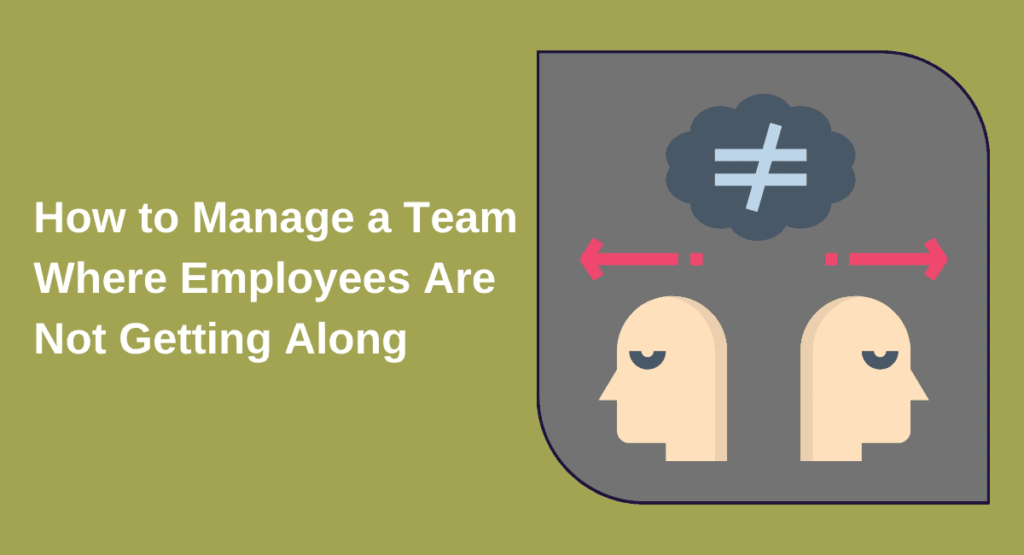
Strategies for Managing Team Conflict
Department of Business, Macau University of Science and Technology
When you have conflicts among your team members, your priority is to reconcile the situation. The conflict has a significant impact on teamwork, collaboration, and cooperation. Corporate goals are hard to achieve when facing this kind of situation.
There are a few things that you can do as a team leader to manage a team where employees are not getting along:
Identify the problem
Identifying the main issues can be difficult, as many factors may contribute to the conflict. However, identifying the root cause of the problem is essential for resolving conflict.
Some common causes of conflict in teams include personality clashes, disagreements about accomplishing tasks, and competition for resources. Once you identified the cause of the conflict, you can develop a resolution plan.

Create a plan
Once you have identified the problem, you must create a resolution plan. It would be best if you designed this plan to address the root cause of the conflict and improve communication and collaboration within the team.
Some typical solutions for resolving team conflict include mediation, training on teamwork skills, and clarifying roles and responsibilities. Implementing these solutions can help to improve teamwork and resolve conflicts between employees.
Monitor progress
It’s critical to keep track of how things are going after putting your plan into action. It’s also vital to ensure that conflicts are resolved. Managers can also utilize gamification to entice staff members with frequent meetings, monitor interactions, and assess how well the team functions.
If you find conflicts are not being resolved, you may need to adjust your plan or implement additional solutions. However, monitoring progress and making adjustments as needed can ensure that your team members can resolve conflicts and achieve success.
Conflict in teams is inevitable. However, effective team management can ensure that it does not impact corporate goals.
By identifying the problem, creating a plan for resolving it, and monitoring progress, you can manage a team where employees are not getting along and still succeed.
Additional tips for managing conflict in teams:
- Encourage open communication between team members
- Promote a culture of respect and cooperation
- Provide training on conflict resolution skills
- Be available to mediate disputes as needed
Make adjustments as needed
If you find that the conflict is not being resolved or that new problems arise, change your plan. The main goal is to find a solution that works for everyone involved, so be flexible and willing to adjust as needed.
By taking action and maintaining effective communication, you can resolve conflicts and create a productive and successful team.
Maximize productivity of your business
Track employee productivity and simplify work with them
Tips on managing a team where employees are not getting along
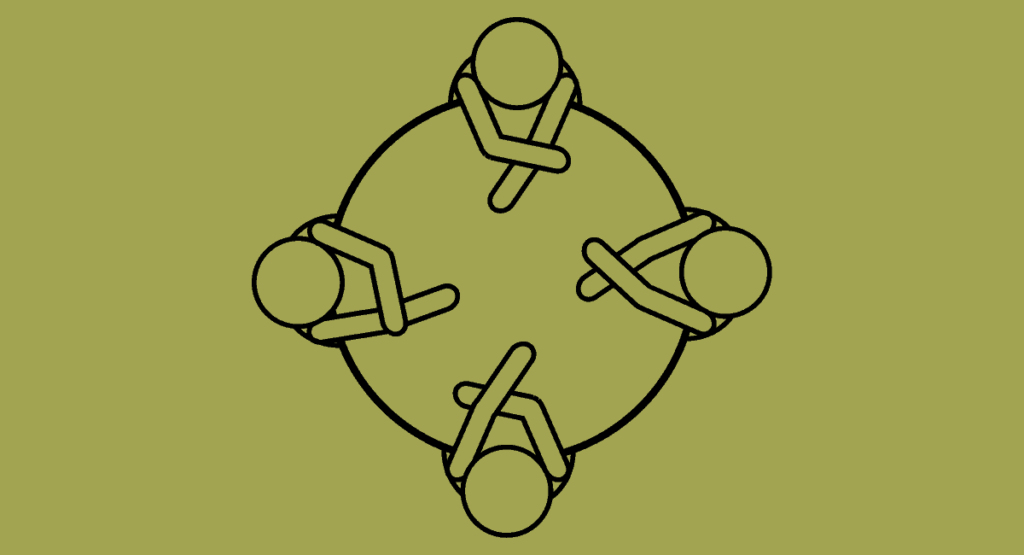
1. Address the Issue Early
Ignoring conflict in the workplace can lead to serious consequences over time, from decreased productivity to a toxic work environment. As a manager, it’s your responsibility to take immediate action when you notice signs of tension, such as passive-aggressive communication, declining team performance, or open arguments. Early intervention doesn’t mean jumping into every disagreement, but you should step in when it’s clear that the conflict is impacting the team’s ability to work together. Addressing the issue early also sends a message that workplace harmony is a priority and that problems will be taken seriously.
2. Encourage Open Communication
Lack of communication or poor communication is one of the most common causes of conflict within teams. Creating an open communication culture involves fostering an environment where team members feel safe to express their opinions, grievances, or concerns without fear of retaliation. You can start by holding regular team meetings where people are encouraged to provide feedback or raise concerns. It’s important to remind your team that conflict isn’t necessarily bad and that it can lead to innovation and stronger collaboration if handled respectfully. Teach them how to have difficult conversations constructively, focusing on resolving issues rather than assigning blame.
3. Stay Neutral and Objective
When conflicts arise, it’s natural for individuals to expect the manager to take their side. However, as a leader, it’s crucial to remain neutral and unbiased throughout the conflict resolution process. Taking sides can lead to further alienation and escalate tensions between team members. To maintain objectivity, gather facts from all parties involved and base your decisions on evidence rather than emotions or assumptions. It may also be helpful to acknowledge the feelings of all involved while guiding the discussion toward a solution that benefits everyone. The goal is to mediate, not judge.
4. Identify the Root Cause
Conflicts can often be traced to deeper issues than what’s visible on the surface. For example, a personality clash between two employees may actually be a result of unclear job expectations or competition over resources. As a manager, it’s important to dig beneath the symptoms of conflict to understand the underlying issues. Conduct private conversations with the employees involved to explore potential triggers such as workload, misunderstandings, stress, or personal values. Once you identify the root cause, you can begin to implement solutions that address the heart of the problem rather than just the surface tension.
5. Set Clear Expectations
Confusion over job roles, responsibilities, and expectations is a frequent cause of workplace conflict. If employees are unclear about what’s expected of them, they may unintentionally overstep boundaries or fail to meet deadlines, creating frustration among team members. To avoid this, make sure your team has clearly defined roles, workflows, and deadlines. Regularly communicate team goals, key performance indicators (KPIs), and any changes in strategy to keep everyone aligned. When everyone knows what’s expected of them, it becomes easier to work together harmoniously and reduce the chances of misunderstandings that lead to conflict.
6. Provide Conflict Resolution Training
Not every employee comes into the workplace with the skills needed to resolve conflicts constructively. Some may avoid confrontation altogether, while others may handle disagreements with aggression or frustration. Offering conflict resolution training can equip your team with tools like active listening, de-escalation techniques, and emotional intelligence. These skills are valuable not only for resolving interpersonal issues but also for improving collaboration and communication overall. Training sessions can be conducted as part of a broader professional development program or through workshops focused specifically on building conflict management capabilities within your team.
7. Use One-on-One Meetings
While open team discussions are useful, sometimes it’s best to address issues on an individual level first. In a one-on-one setting, employees may feel more comfortable discussing their concerns without the pressure of speaking in front of their peers. These private conversations allow you to explore the conflict in greater depth, uncover any hidden grievances, and provide more personalized feedback. Be sure to listen actively during these meetings, ask open-ended questions, and avoid rushing to conclusions. One-on-one meetings give you an opportunity to show empathy and demonstrate your commitment to finding a fair solution.
8. Encourage Empathy
Empathy is a powerful tool for reducing workplace conflict. Encouraging team members to put themselves in each other’s shoes helps build understanding and reduces the likelihood of miscommunication or frustration. You can foster empathy by creating opportunities for team members to get to know one another beyond their job roles. For example, team-building exercises, lunches, or informal gatherings can humanize colleagues and make it easier to see conflicts from a different perspective. When employees understand each other’s motivations, challenges, and backgrounds, they’re more likely to approach disagreements with a mindset of cooperation rather than confrontation.
9. Reinforce Team-Building Activities
Sometimes, conflict within teams stems from a lack of trust or familiarity. If employees don’t feel connected to one another, it’s easier for small disagreements to snowball into larger issues. Regular team-building activities can help strengthen these bonds and create a more cohesive team environment. These activities should be fun but also focused on collaboration, trust-building, and improving communication. Whether it’s a problem-solving challenge, a retreat, or an afternoon of games, the goal is to remind your team that they are working toward common objectives and that teamwork is essential to their success.
10. Involve a Third Party if Necessary
Despite your best efforts, there may be situations where conflicts persist or escalate beyond what you can handle alone. In these cases, bringing in a third-party mediator can be a smart move. A neutral third party, such as a human resources professional or external consultant, can provide an impartial perspective and help facilitate difficult conversations. They can also offer specialized conflict resolution techniques that may be more effective in resolving long-standing issues. If the conflict involves sensitive topics like discrimination or harassment, it’s essential to involve HR early to ensure the situation is handled legally and fairly.
What are the different types of conflicts that can occur in a team

There are three main types of conflicts that can occur in a team:
Interpersonal conflicts
These arise from personal differences between team members and can include disagreements about how to do tasks, personality clashes, and envy or jealousy.
Tasks complete
These happen when team members have different opinions about how a task should be done.
Task conflicts can also occur when team members feel their skills are not being used effectively.
Process conflicts
These arise when team members have different ways of working or don’t agree on how the team should work.
Different levels of experience or expertise can also cause conflicts. Whatever the cause, it’s important to manage conflict effectively so that it doesn’t impact negatively on the team’s performance.
Signs that show a conflict is brewing
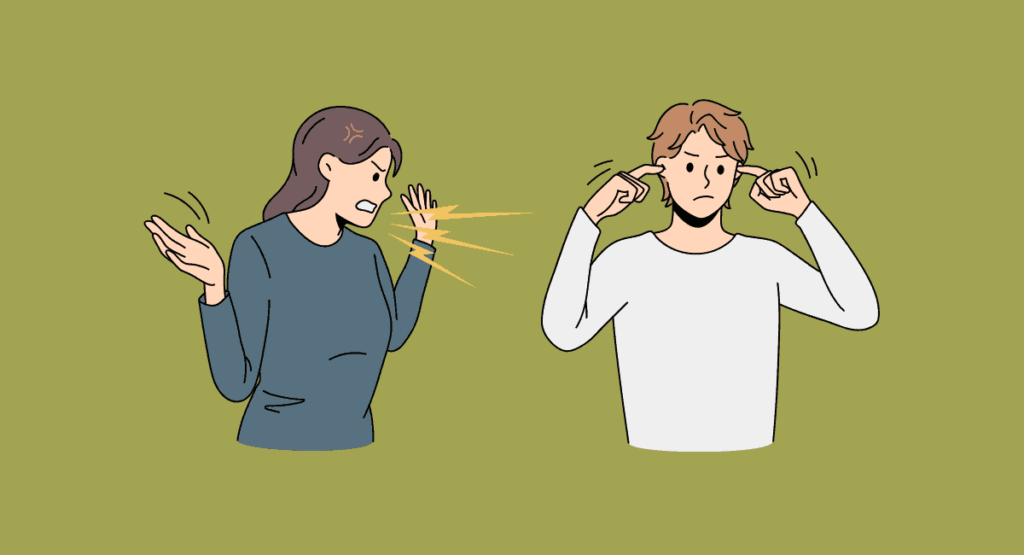
There are usually some signs that show a conflict is brewing in a team. Some common ones are:
Tension among team members
The conflict that is brewing causes tension among team members. When people are angry or upset, it usually shows in their body language and how they interact with others.
This can cause tension and make it difficult for the team to work together effectively.
Lack of communication
When team members are not getting along, it can be difficult to communicate effectively. This is because they are likely to be focused on the conflict instead of the task at hand.
This can cause many problems in the team, as it can lead to a lack of communication and collaboration, which will make it difficult for the team to achieve its goals.
If you notice any of these signs in your team, it is essential to take action to resolve the conflict. If you do not resolve the conflict, it will have a negative impact on your team goals or corporate goals on a large scale.
People avoid each other
Problems arise when team members are not getting along. One of these problems is that team members may avoid each other.
This can cause a lot of tension in the team and make it difficult to work together effectively. It leads to a lack of communication and collaboration.
Negative attitudes or comments about others
If team members are not getting along, they may make negative comments about each other. This creates a lot of tension in the team and makes it difficult to work together effectively.
How to address conflict

When a conflict arises in a team, take action to identify what the conflict is about. Once you know what the conflict is about, you can work on resolving it. Often, conflicts arise because people have different opinions or have different goals.
If the conflict is because of different opinions, you need to compromise. You may disagree with the other person, but you can compromise so that both parties are happy. The condition could improve employee morale.
If the conflict is because of different goals, find a way for both parties to work together towards a common goal. Ensure both parties have a clear understanding.
It’s difficult to resolve conflicts, but it is essential to do so. If you can solve the conflict, it will make teamwork much easier, and it will also help achieve corporate goals.
However, if you cannot resolve the conflict, you may need to consider other options, such as separating the team into two groups or letting one person go.
Conflicts are a normal part of working in a team, but you should not ignore them. If a conflict arises, take the time to address it so that everyone can continue to work together effectively.
What are some common causes of team conflicts?
There can be many reasons team members might not get along. Some common causes of team conflicts include:
Personality clashes
When team members have different personalities, they may clash with each other. For example, someone who is very outspoken may disagree with someone more introverted.
Differences in work style
If team members have different work styles, they may butt heads. For example, someone who likes to plan everything out may clash with someone who prefers to wing it.
Different goals
If team members have different goals, they may find it challenging to work together towards a common goal. For instance, someone who wants to get promoted might clash with someone who wants to do their job and go home.
If you’re managing a team where employees are not getting along, it’s essential to figure out the root cause of the conflict.
Once you know what’s causing the conflict, you can start working on a solution.
However, sometimes conflicts cannot be resolved, and you may need to separate the team members or let someone go.
How to prevent team conflicts from happening in the future?

Preventing team conflicts from happening in the future can be difficult, but you can do a few things to help. Setting clear corporate objectives that everyone can support and achieve is crucial.
This will assist you in fostering a sense of togetherness among your employees. It’s crucial to create a good working environment for your staff.
And last but not least, regular check-ins with employees will help ensure that everyone is on the same page and conflicts are resolved quickly.
What should you do if a team conflict arises?

If team conflict arises, it’s essential to deal with it quickly and efficiently. The priority step is to identify the root of the problem.
Once you’ve done that, you can work on a resolution. It’s essential to involve all parties in the conflict so that everyone feels heard and understood.
Ensure to follow up with your team after resolving the conflict so it doesn’t happen again.
Conclusion: Take Action
It’s challenging to manage a team when employees are not getting along. When corporate goals suffer, it is up to the team management to get things back on track.
The first step is to realize the situation impacts the business and then take action.
Sometimes this means separating the employees, sometimes it means giving them different tasks, and sometimes it means providing training.
You can transform your ineffective group into a successful team that meets or exceeds all expectations with the help of good team management skills.
– The Monitask Team
